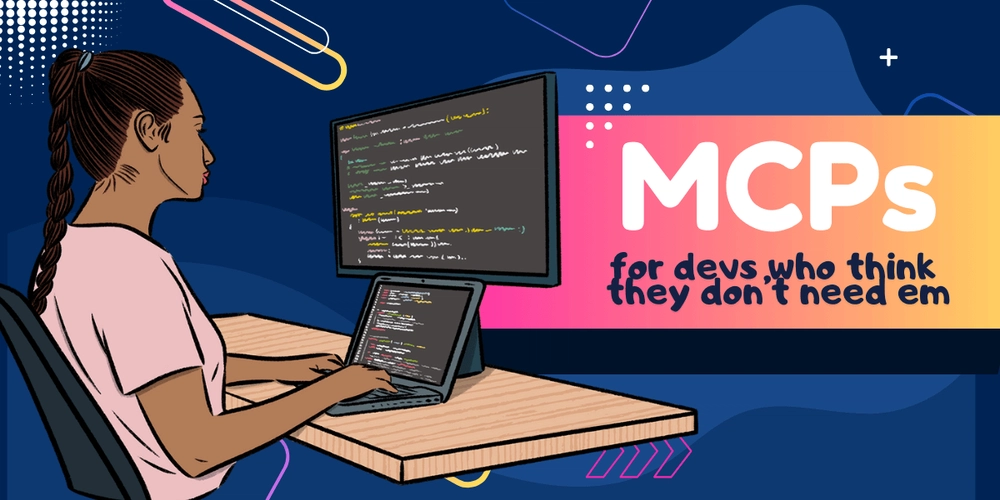In the fast-paced world of software development, our team is always looking for tools that can
give us an edge. So, when we decided to adopt Cursor as our new primary editor, I was curious
to see how it would stack up against my trusted VS Code and GitHub Copilot setup. After a
month of using it for all my daily tasks, I have some experiences I’d like to share.
Here’s the story of how that month went.
The Awkward First Week
The initial days were, as with any new tool, a period of adjustment. It’s like trying to write with
your non-dominant hand. Cursor looks and feels a lot like VS Code, but it’s the small things that
throw you off. The muscle memory I had built over years was suddenly in need of a refresh.
Changing settings felt a bit awkward at first. I found myself missing some familiar features, like
the side-by-side file comparison (the diff view) I relied on. Even simple things like opening and
closing the sidebar, chat, and terminal took some getting used to. I was so accustomed to my
VS Code layout that I decided to stick with Cursor’s default theme and just power through.
The “Aha!” Moment: It’s a Canvas, Not Just an Editor
Just as I was getting into the new rhythm, things started to click. The magic of Cursor isn’t in
replicating VS Code perfectly; it’s in its AI-first approach.
The biggest game-changer for me was the context. With Copilot, I was always vaguely aware of
a context limit—a boundary I couldn’t see but knew was there. Cursor feels different. It feels like
a rough canvas where I can draw anything, anytime. I never once had to worry about it
losing track of the conversation or the files we were discussing. This made planning new
features and refactoring existing code feel incredibly fluid.
Another feature I initially overlooked turned out to be pure gold: the terminal command input
box. When you go to type a command, a little search box pops up, suggesting commands you
might want to run. It’s brilliant!
- My only gripe is that it feels a bit intrusive, and there isn’t an
obvious way to quickly hide it when you just want to see the terminal output. - Speaking of which, my go-to command for clearing the terminal screen didn’t work, which was
a small but persistent annoyance.
The Good, The Bad, and The AI
After settling in, I started to notice the finer details of day-to-day work.
What I Loved
-
AI-powered Editing: Cursor truly shines when you ask it to plan and edit files. It grasps
the bigger picture in a way that feels a step ahead. - The Infinite Canvas: Not worrying about context limits is liberating.
- Terminal Helper: That command search is a fantastic idea, even if it needs a bit of polish.
What I Missed (The Frustrations)
-
Core Editor Features: I still miss VS Code’s smooth layout management and the
side-by-side diff view. It’s a fundamental tool I didn’t realize I valued so much. -
Extension Ecosystem: While most of my extensions were available, a key one was
missing: Prompt Booster. I really relied on that extension and its MCP server to streamline
my AI interactions. -
Tool Management: In Copilot, I could use special
@commands to refer to my custom
“MCP tools.” Cursor allows this too, but you have to be very explicit. It doesn’t intelligently
pick the right tool for the job; you have to tell it.
Also:
- Cursor seems to have a lower limit on tools (~48) compared to Copilot (~128).
- Deselecting all my tools in VS Code was a one-click affair; in Cursor, it’s more tedious.
The Verdict: Front-end vs. Back-end
My work is split between front-end and back-end development, and I noticed a difference in
performance.
-
Front-end development (React, CSS, etc.): Cursor is fantastic. The experience feels just as
good, if not slightly better, than VS Code. -
Back-end development (Java + Spring Boot): IntelliJ IDEA still holds the crown for its deep
understanding of the ecosystem. Cursor’s intelligence just isn’t quite there yet for complex Java
projects. - Python development: Works great—pretty much on par with my old VS Code setup.
So, Am I Switching Back?
A month ago, I might have been tempted. Today, the answer is no.
Despite the missing features and the small annoyances, I’ve completely shifted to Cursor. The
transition was an adjustment, but the destination was worth it.
It’s a trade-off:
- You lose some of the polished, mature features of a traditional editor.
- You gain an AI assistant that feels deeply integrated, not just bolted on.
Cursor isn’t perfect, but it feels like a glimpse into the future of coding. And for now, I’m happy to
be living in it.



